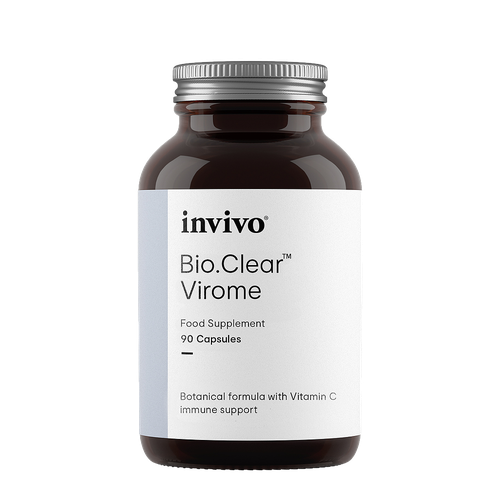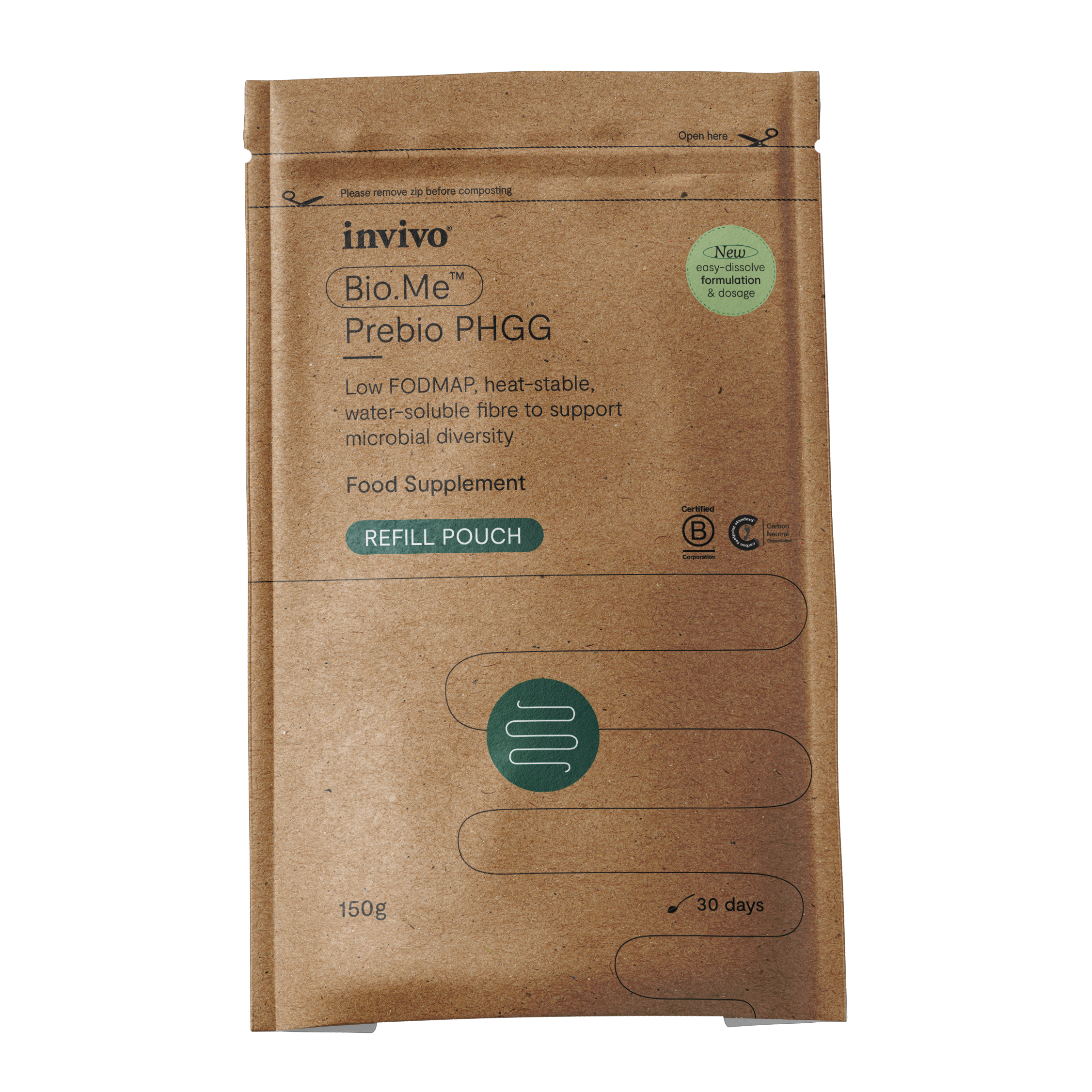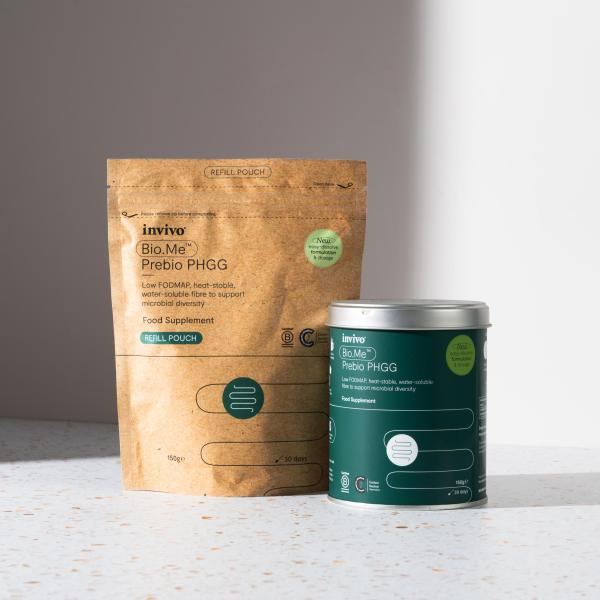Dr Kate Placzek from ZRT Laboratory has outlined a series of key concepts in neurotransmitter testing to help understand the patterns found in the Neuroadvanced Neurotransmitter Profile
As with any functional test that measures physiological function, the challenge lies in the interpretation of subclinical levels of measured parameters. However, it is within those subclinical levels that the neurotransmitter test becomes a powerful tool to identify what is contributing to a specific client’s health issues and how to map toward a successful outcome based on an individual protocol.
Before looking at specific neurotransmitters, let’s review some important fundamentals needed for neurotransmitter interpretation.
- Patterns are just as important as numbers
It is important to look at the relative levels of neurotransmitters and their relationships with one another. Patterns are just as important, if not more important, as the numbers themselves. For example, a low serotonin with a high 5HIAA can suggest sluggish MAO A activity; GABA and glutamate should balance each other; and serotonin and dopamine should both increase or decrease together. - Protocol considerations for generally low levels of neurotransmitters
With generally low-normal or low neurotransmitter results, protocol considerations include, but are not limited to, precursor amino acid supplementation and cofactor support such as B vitamins, magnesium, zinc, vitamin C, and folate. - Protocol considerations for generally elevated levels of neurotransmitters
Protocol strategies should focus on reducing potentially neurotoxic excitatory damage with anti-oxidants, anti-inflammatory support, and neuroprotective therapies. These include: omega 3 fatty acids, glutathione, and N-acetyl cysteine. - Devising the protocol
Address inhibitory neurotransmitter support first (for example – 5HTP, GABA) and then excitatory support (for example – tyrosine, glutamine), otherwise undesirable side effects such as anxiety and agitation may arise. It is typically safe to introduce excitatory support after approximately a week of inhibitory support.
Now, let’s look at some common patterns that we see in neurotransmitter testing and review some facts that are pertinent when interpreting results.
- Low serotonin with SSRI therapy
Low urinary serotonin levels are not uncommon in clients on prolonged SSRI use. Over time, SSRIs deplete serotonin from platelets [1], which could be reflected in the low urinary serotonin result. This is commonly why SSRI protocols will require increasing dosages or stop working over time. - Unexpectedly high serotonin levels
High serotonin in urine could result from many conditions including, but not limited to, food allergies, post infectious IBS, low vitamin D levels, and use of medications or supplements geared to boost serotonin, such as 5HTP. Fun fact: the GI tract makes a lot of serotonin when GI inflammation is triggered [2]. - PEA is the only neurotransmitter that crosses the blood brain barrier freely and bidirectionally
Low PEA in urine serves as a recognized biomarker in ADHD [3]. ADHD clients that respond well to protocol typically show marked increases in urinary PEA levels. On the flip side, high PEA (it can be very high) is associated with anxiety. - GABA does not need to cross the blood brain barrier to exert calming effects
The literature has been inconsistent regarding whether or not GABA crosses the blood brain barrier when taken as a supplement. However, since GABA taken as a supplement can be very effective in relieving symptoms of anxiety for a sizeable cohort of clients, this begs the question of its mechanism of action. Recent studies from animals begin to shed light into peripheral mechanisms of GABA action. Specifically, within the adrenal glands, GABA regulates epinephrine (and a small amount of norepinephrine) release to make sure the anxiety-provoking “fight or flight” response is not overdone [4]. That could certainly serve as one of the calming mechanisms of GABA action in the periphery. Therefore, when interpreting a neurotransmitter report, determining the relationship between GABA levels and norepinephrine/epinephrine levels is important. With low GABA, it may be that much more challenging to bring down the sympathetic/adrenal overdrive. - Urinary norepinephrine is a product of the sympathetic nervous system
Most urinary norepinephrine originates from the sympathetic nerve endings, giving us an idea of how the peripheral nerves are firing. Because of the involvement of the nervous system, abnormal norepinephrine results could be addressed by introducing herbal nervines (e.g., Melissa officinalis, Passiflora officinalis) and biofeedback. - Epinephrine is adrenal in origin
Urinary epinephrine measured by the test, on the other hand, is mostly adrenal in origin, therefore protocols typically involves adrenal adaptogens and lifestyle interventions to reduce stress. - Utility of a diurnal norepinephrine and epinephrine assessment
Sometimes when clients report being under a lot of stress and self-report moderate to severe anxiety, sleep disturbances, and irritability, dysfunctions in the HPA axis and/or sympathetic nervous system may be suspected. However, their average urinary norepinephrine and epinephrine levels fall within the normal range. This seeming discrepancy in symptoms and test results could be addressed by running a distribution pattern at 4 time points during the day to see if these catecholamines are following a normal diurnal rhythm. Being able to determine alterations from a normal predictable circadian pattern could help the practitioner establish a better-tailored protocol, supporting when levels are low and suppressing when levels are high.
It takes experience and really knowing and integrating the subjective and objective aspects of a case to achieve a successful interpretation of the results. Learning to “speak the language” is the first step in incorporating the neurotransmitter test into everyday practice. As with any language, the initial building blocks are key to becoming fluent. Until then, we are here to help you, as always.
Book in a clinical consult from your account dashboard to set up a call with our clinical education team and we can work through any questions or uncertainties.




